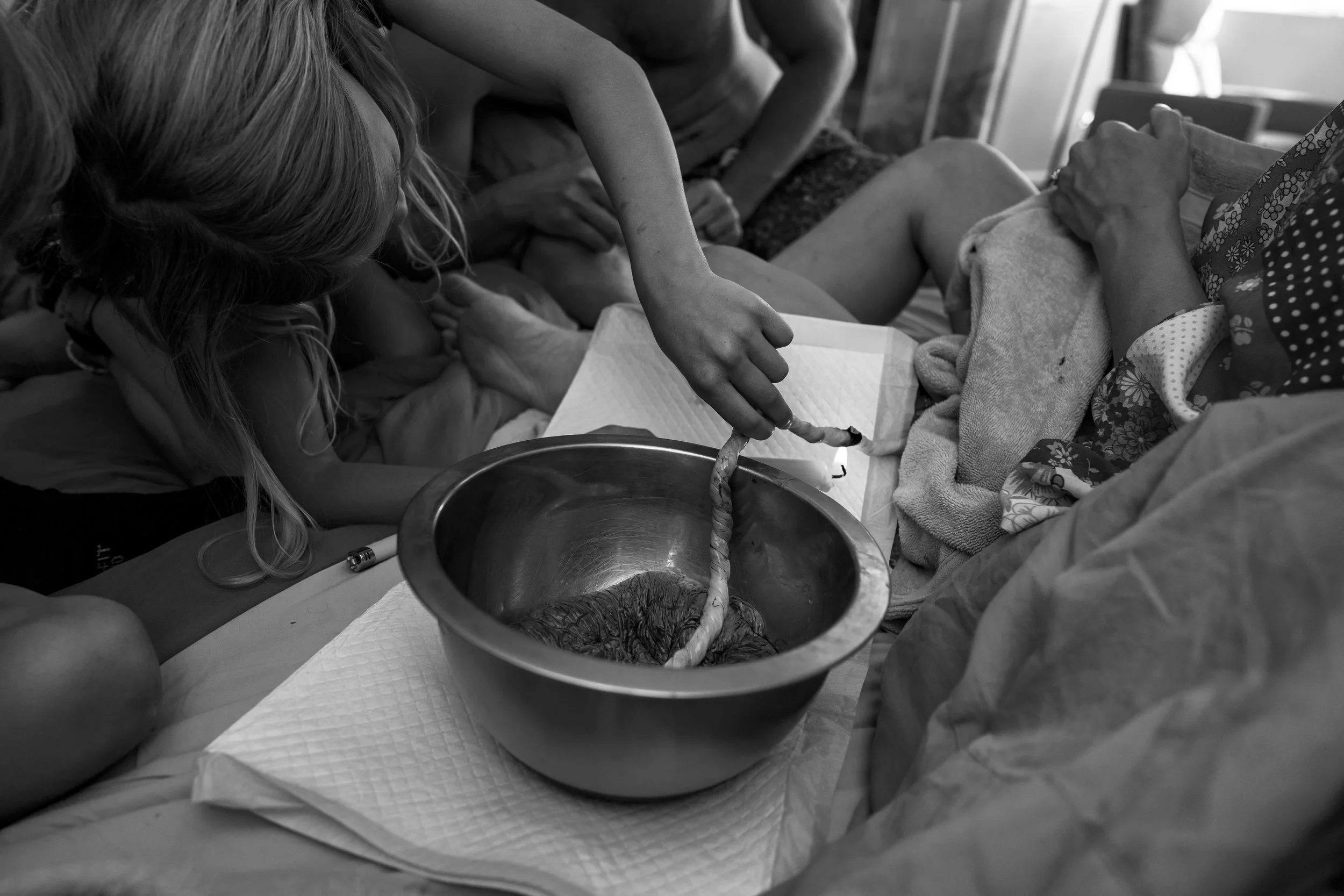Placentography
The Placenta
The placenta is the bodies only temporary endocrine gland, it is responsible for carrying nutrients to and waste away from the fetus. Though it does carry toxins from the fetus to the mother’s liver for filtration it does not store toxins. The placenta also accounts for the excess in hormones felt during pregnancy. Acting as a barrier the placenta plays an important role in keeping the infants and mothers blood separate.
Your placenta contains…
Nutrients
Fiber, Protein, Fat
Minerals
Sodium, Potassium, Phosphorus, calcium, Iron,
Magnesium, Zinc, Copper, Manganese
Hormones
Estradiol, Progesterone, Testosterone, Growth Hormone
Amino Acids
Aspartic Acid, Theronine, Serine, Glutamic Acid, Proline, Glycine, Alanine, Cystine, Valine, Methionine, Isoleucine, Leucine, Tyrosine, Phenylalanine, Histidine, Lysine Arginine, Tryptophan
The Placenta as a Lactogen
Most of what we know about encapsulated placenta as a lactogen comes from the reports of many women. New information is coming regarding the how and why placenta encapsulation works to increase milk supply. One theory is the amount of hormones found in the placenta that we know plummet after birth. Another is that women who are confident in their new role as a mother and not overly fatigued or stressed will naturally be more successful at breastfeeding.
A double blind study was performed where women of varying ages were given their own placenta in a freeze dried form and asked to take this at specific intervals. Of 132 first time moms 53.8% reported that the “medicine worked well,” raising their amount pumped by 20+ grams; another 36.4% reported very good results with a 30+ gram increase.
The results for mulitprae moms followed suit at 59% with a 20+ gram increase and 20.5% with a 30+ gram increase. The remaining percentages saw no marked increase in milk supply when taking their “medicine” as directed. (5)
This study was conducted using beef as the placebo eliminating the factor of protein and iron content showing they are not likely the main benefitting factor in the higher milk production for those who received placenta as their “medication”.
Low Milk Supply
One of the most common postpartum problems reported by new moms is that they are worried about their milk supply and making enough milk to meet their babies needs.
“35% of all women that wean early report PIM (Perceived Insufficient Milk) as the primary reason.” (1)
The essential hormones required for breastfeeding are prolactin and oxytocin. The body releases prolactin to create breastmilk. The act of nursing releases oxytocin which helps initiate the bodies “let down” reflex bringing milk from the glands out through the nipples.
The Placenta and Postpartum Fatigue
Many women report a substantial boost in energy while consuming their placenta. One theory behind this is the association with iron deficiency and fatigue specifically in the Postpartum timeframe “The typical iron deficiency seen in pregnancy cannot be made up for in a traditional USA diet.” (6) Low Iron stores in pregnancy coupled with the loss of blood associated with childbirth many women are left with a deficiency in iron.
One double blind study containing 144 subjects, tests the results of women experiencing fatigue without the presence of anemia and found that iron supplementation gave them a greater ability to concentrate and lifted their moods (7).
“For many women postpartum fatigue can develop, linger, and even lead to depression, with both the woman and her care provider unaware”. (8)
The Placenta and Postpartum Mood Disorders
***It is thought that the Hormones in the placenta can help aid postpartum recovery by making the sharp drop in hormones after the birth of the placenta even out more smoothly. By starting with a high dosage and eventually tapering down to being off of the placenta pills the transition from the placenta providing hormones during pregnancy to the hypothalamus taking charge again a women is given a means to wean off the hormones provided during pregnancy to those needed in the postpartum timeframe (2)
Gatti, Lisa, (2015). “Maternal Perceptions of Insufficient Milk Supply in Breastfeeding.” Journal of Nursing Scholarship, Https:ncbi.nlm.nih.gov
“Baby Blues - Postpartum Depression Attributed to Low Levels of Corticotropin-releasing hormone After Placenta is Gone”, https:BNET.com, December 1995.
Stone, Katherine (2010). “How Many Women Get Postpartum Depression? The Statistics on PPD”. Postpartum Progress https:postpartumprogress.com
Phuapradit, W. et al. “Nutrients and Hormones in Heat-Dried Placenta.” J Med Associate Thai. Volume 83 (2000) pp. 690-694
Soykova-Pachnerova, E, “Placenta as a Lactogen” The First Obstetric Clinic, Charles University, Prague Volume 138 (1954) p. 693
Bodnar, Lisa M., Cogswell, Mary E., McDonald, Thad “Have We Forgotten the Significance of Postpartum Iron Deficiency” American Journal of Obstetrics and Gynecology, Volume 193 (2005) pp. 36-37.
Verdon, F. et al. “Iron Supplementation dor Unexplained Fatigue in Non-Anemic Women” The BMJ Journal. p. 4.
Corwin, J. Elizabeth, Arbour, Megan, “Postpartum Fatigue and Evidence Based Interventions” American Journal of Maternal Child Nursing Volume 32 #4 (2007) pp 215-220.
Gryder, K. Laura et al, The Effects of Human Maternal Placentophagy on Maternal Postpartum Iron Status, Journal of Midwifrey & Women’s Health, Volume 62 #1 (2017) pp. 68-79.
Enning, Cornellia, Placenta: The Gift of Life. Eugene,Oregon: Motherby Press,2007.

